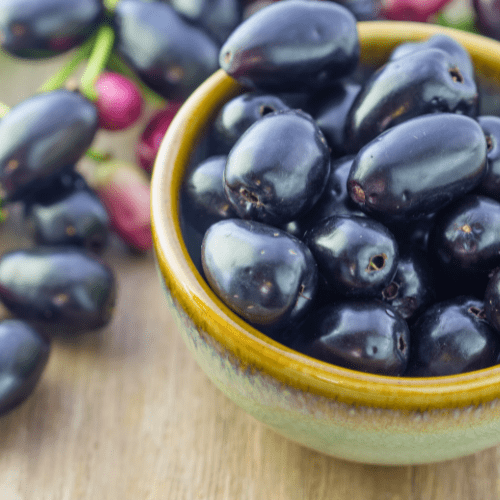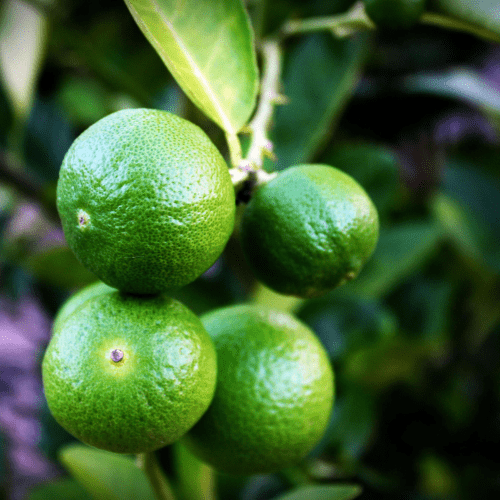Position – These trees are hardy and can survive most conditions except extreme cold and frost. They enjoy the sun and grow high above other trees, so they don’t need to compete for the sun. They should be planted 12 mts apart for fruit production and six mts apart if you use them as a windbreak.
Size – This plum tree can reach 30 mts tall and 11 mts wide when fully mature (about 40 years old) if planted in a tropical climate.
Soil type – Java plums can tolerate soil (including sandy or loamy soils) with various pH levels. This makes them particularly easy to grow, no matter where you are. They thrive optimally in well-drained sandy soil with a pH of between 5.5 and 6.5. Add a bag of acid compost to your soil, and your tree will love it.
Mulch – When growing Java plums in drier areas, mulch will help to maintain the moisture in the soil around the tree. Use organic material like wood chips or old leaves and place them around the base of your tree (especially young trees). Be careful not to allow them to touch the tree trunk, though, as this will likely cause it to rot.
Watering – Java plum trees grown in subtropical or tropical areas do not usually need to be watered as the humid conditions and regular rainfall are enough. However, watering them fairly generously and frequently in most parts of South Africa will be necessary.
Fertilising – Use compost as a fertiliser for young trees to promote rapid growth. Once the tree begins to bear fruit (usually between 8 and 10 years old), give an organic fertiliser after flowering and fruiting so it doesn’t over-produce green foliage.
Pruning – It’s not usually necessary to prune the Java plum tree unless you want to keep it smaller.
Pests – Scale insects like the Java plum and caterpillars may enjoy the leaves.
Harvesting – This tree produces abundant fruit. A single branch that is only five years old can produce up to 500 plums. These need to be picked by hand.








